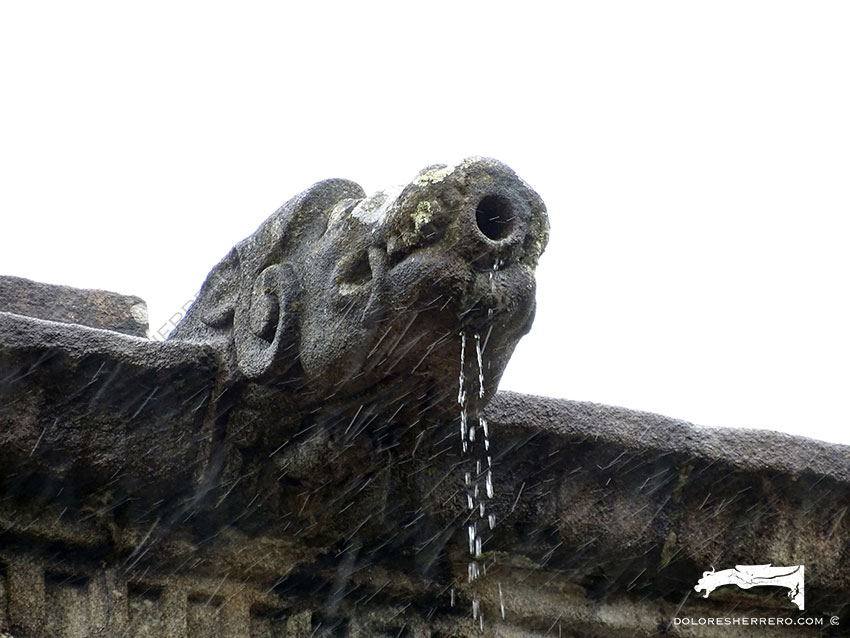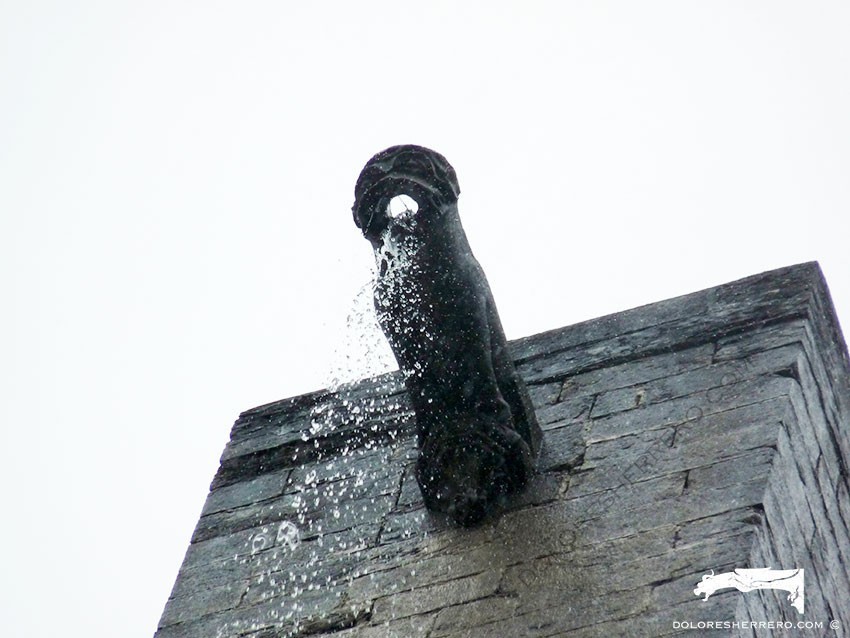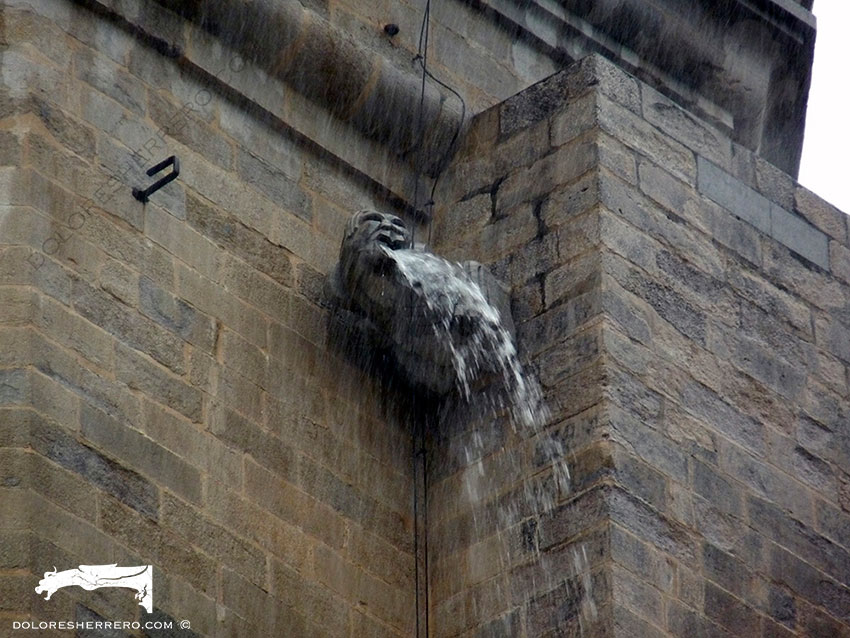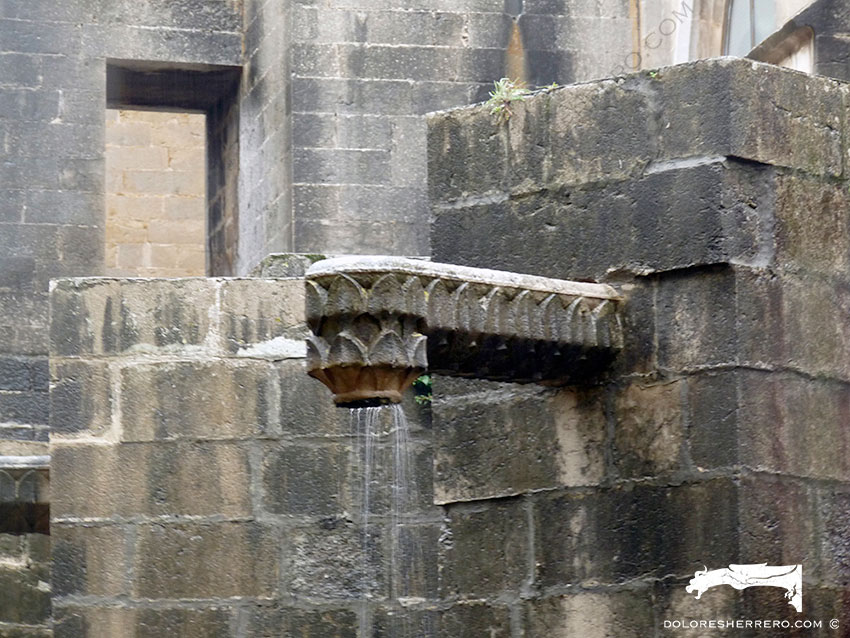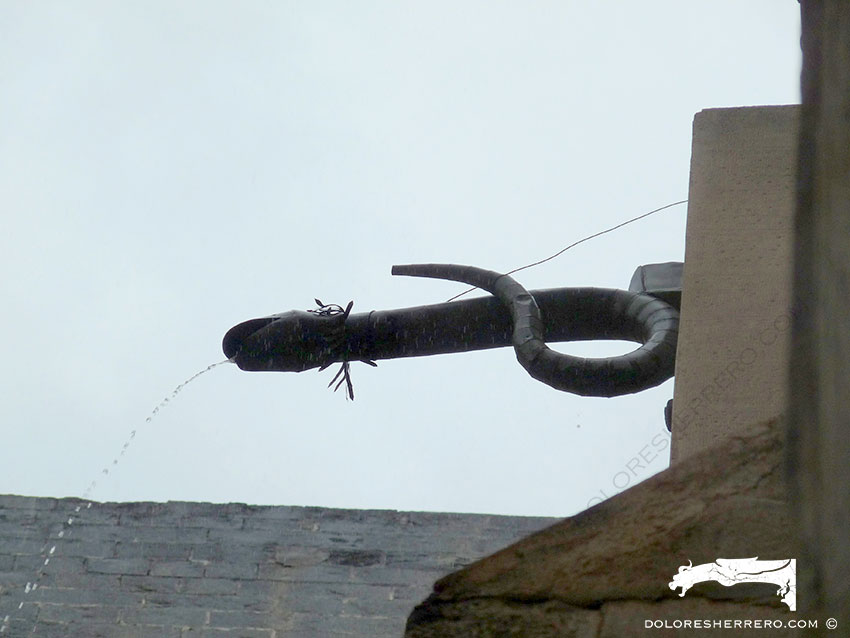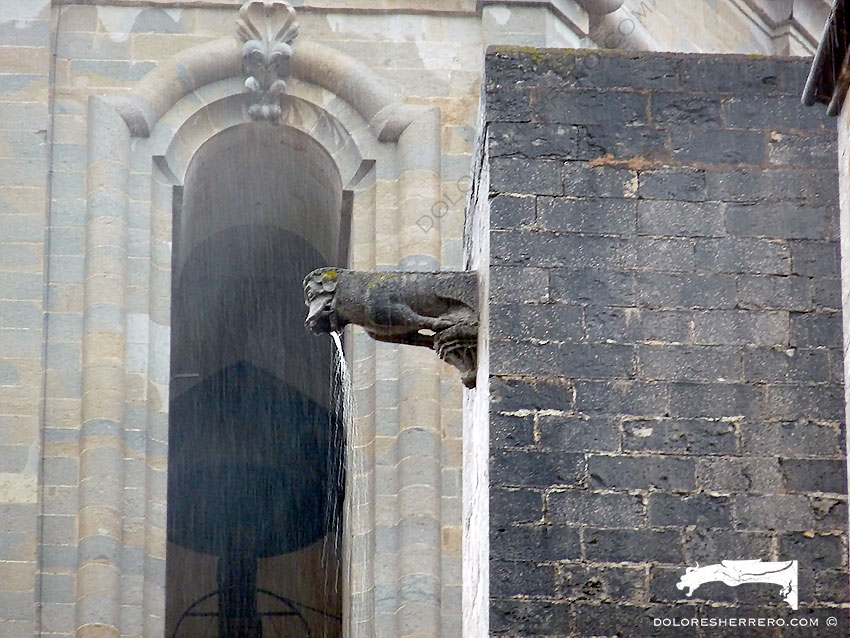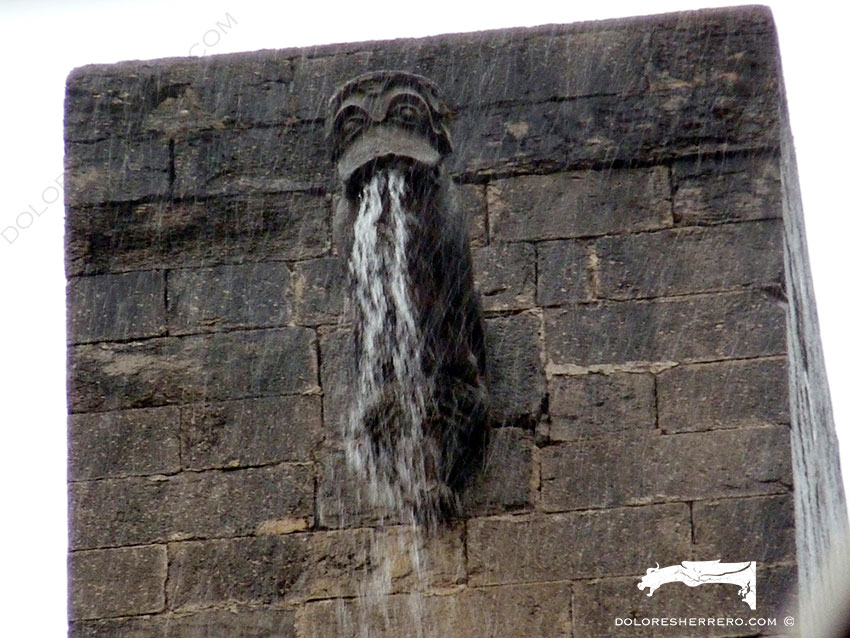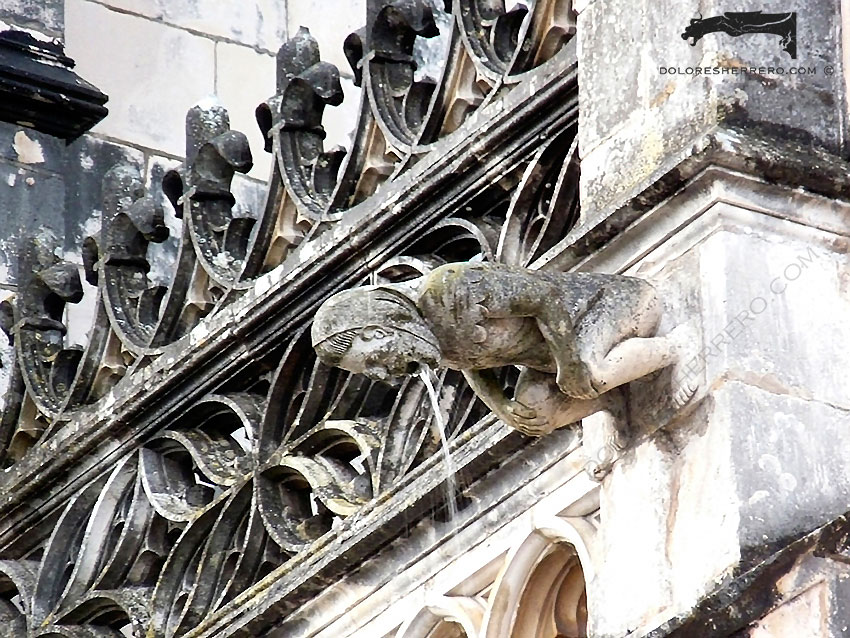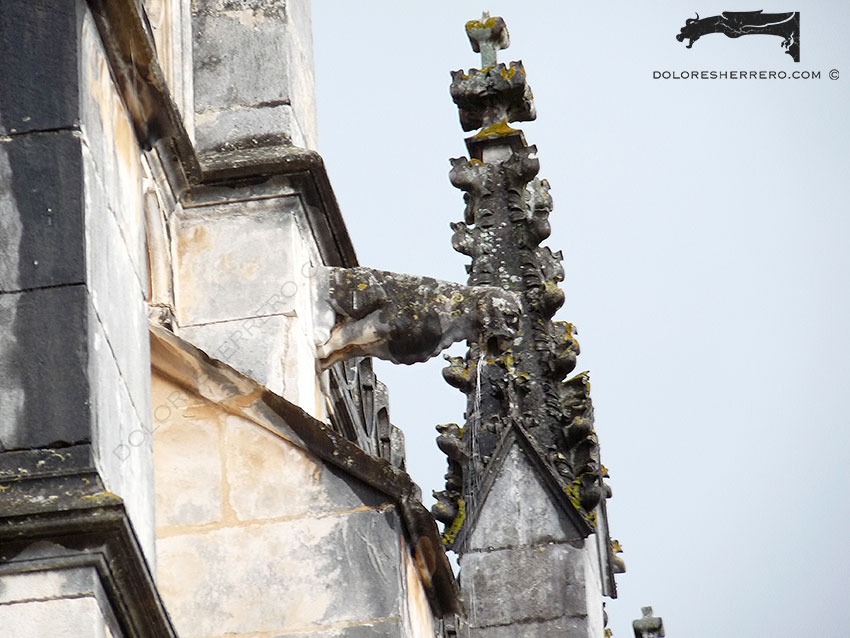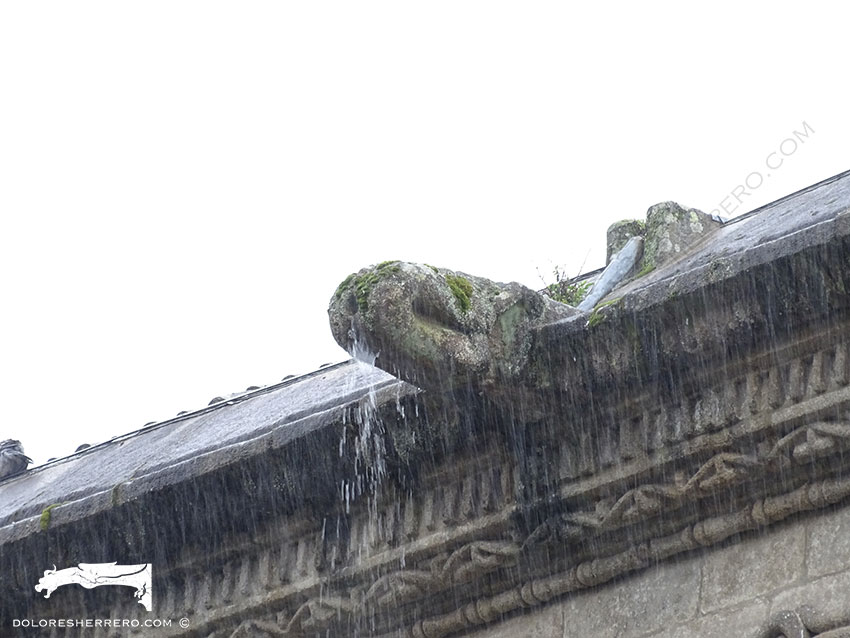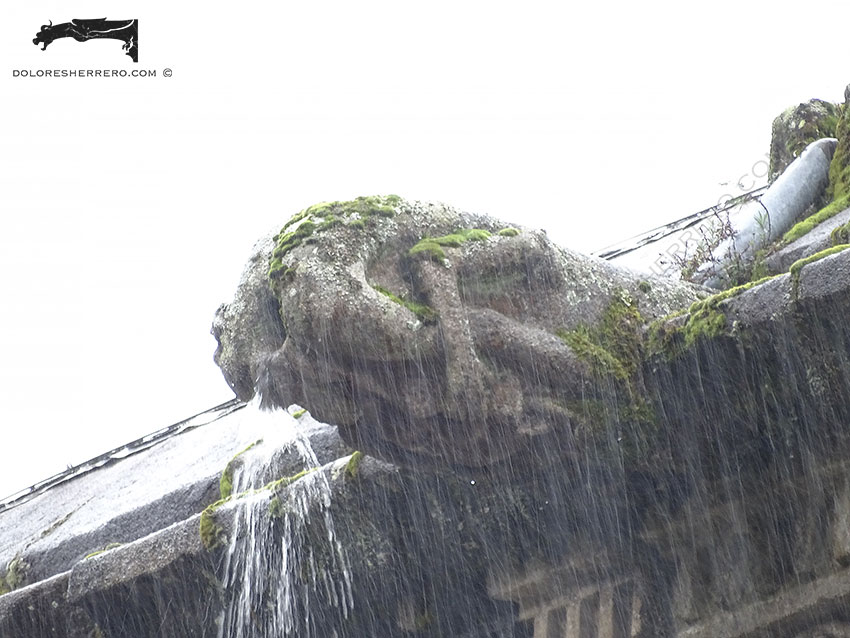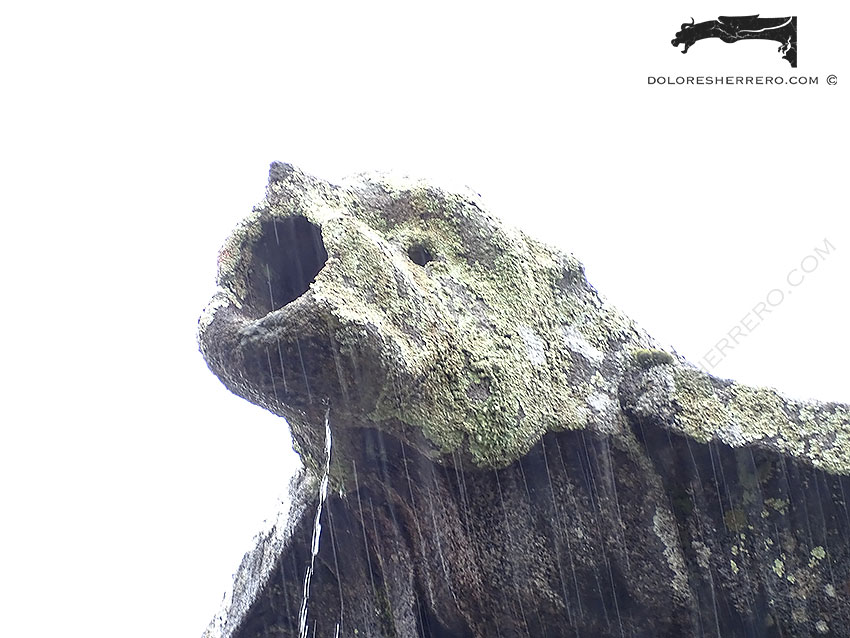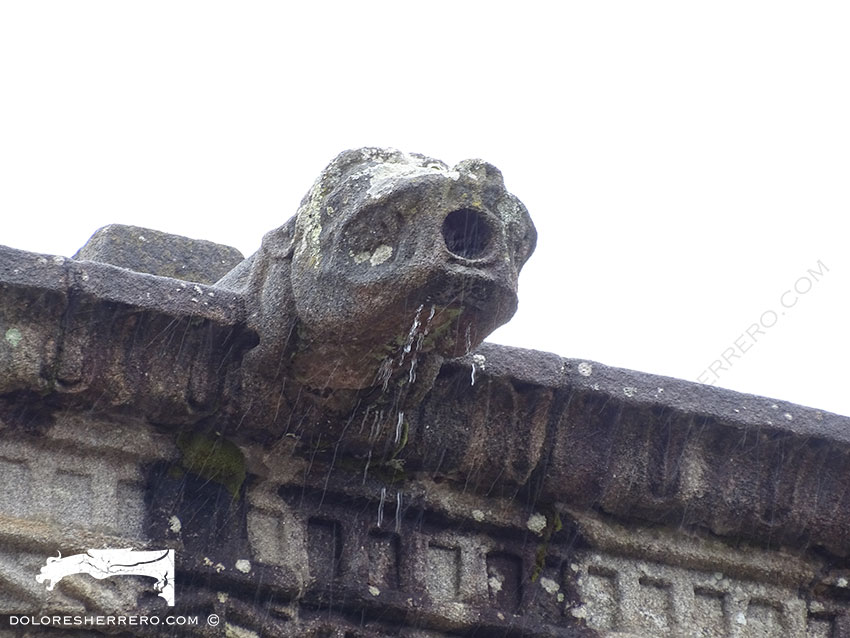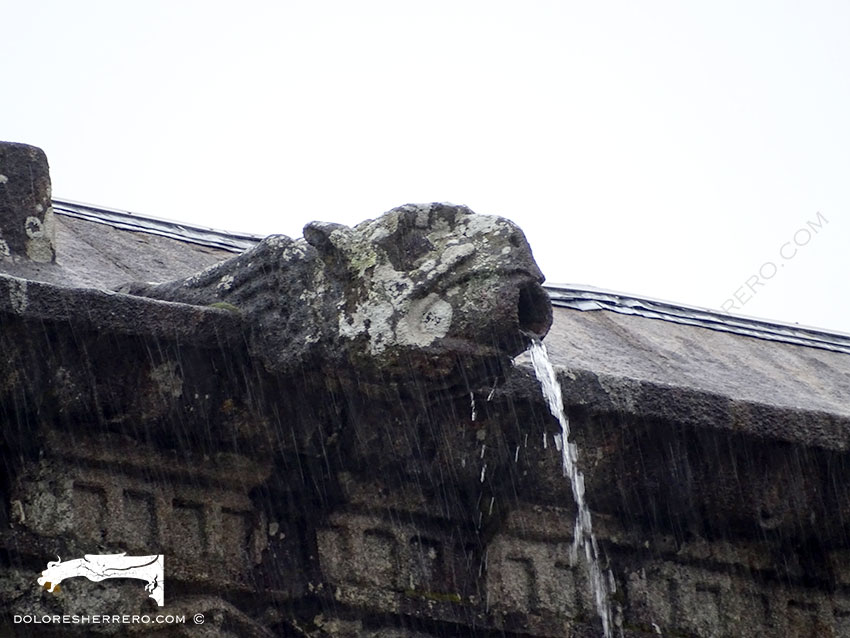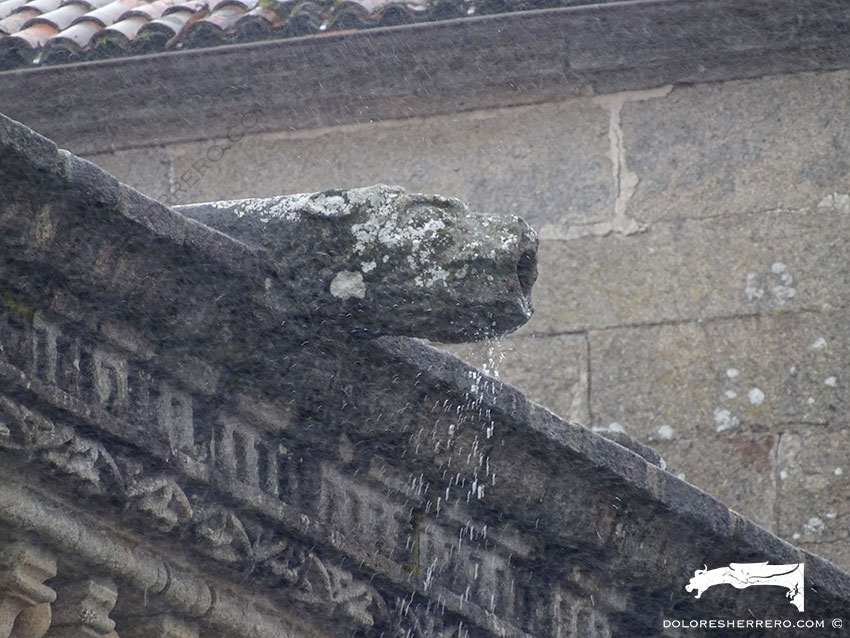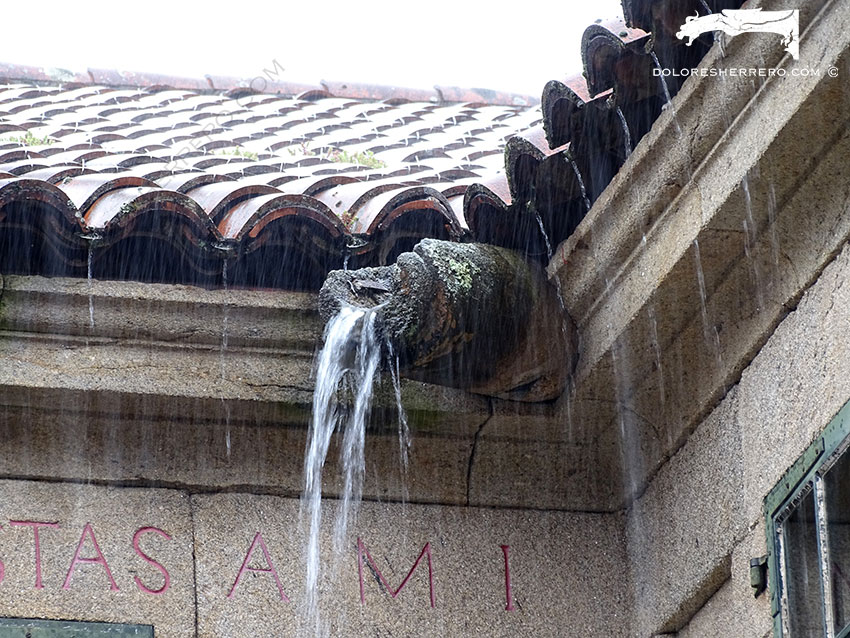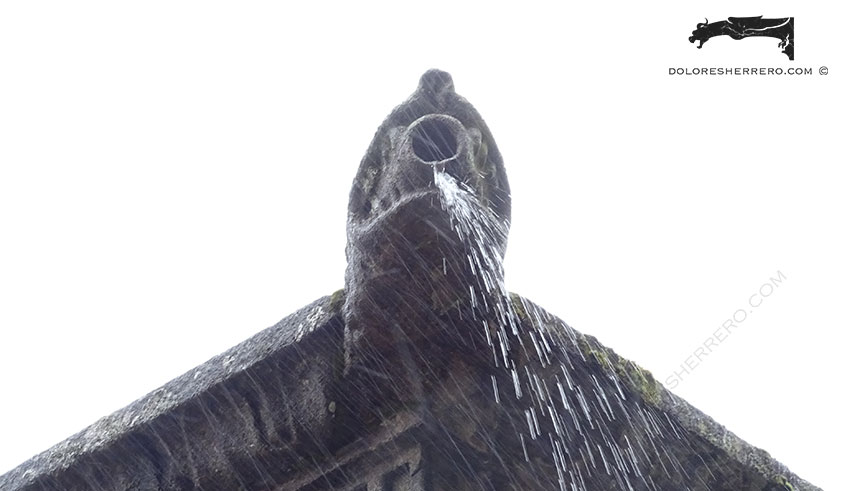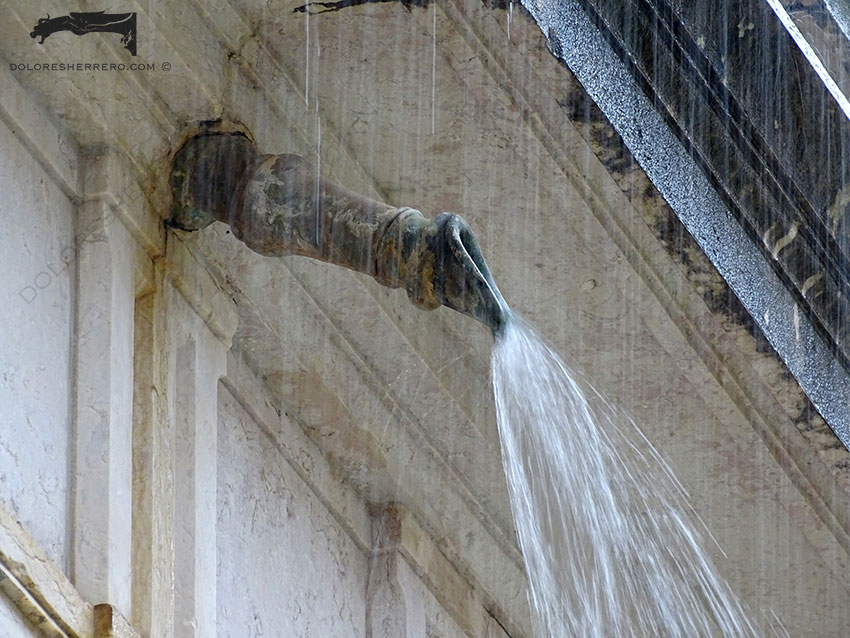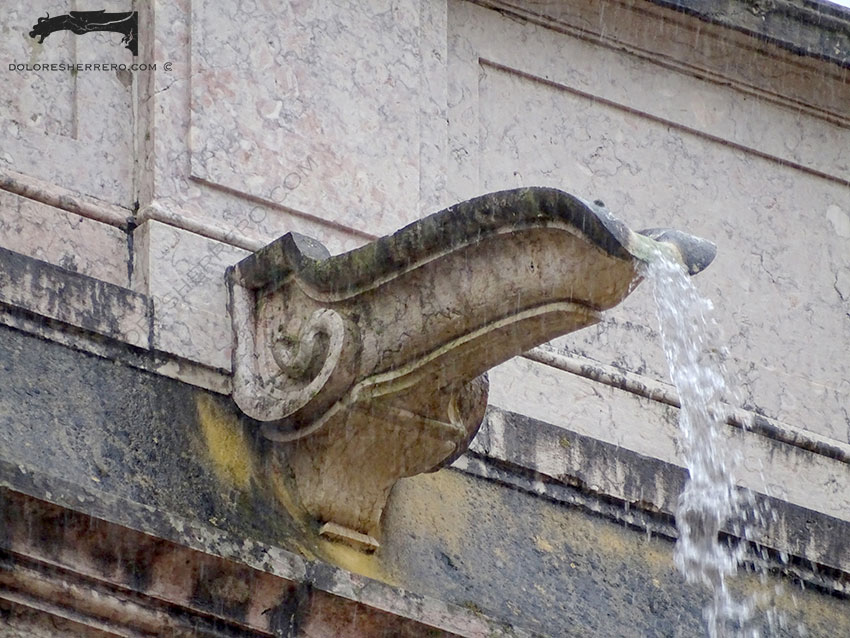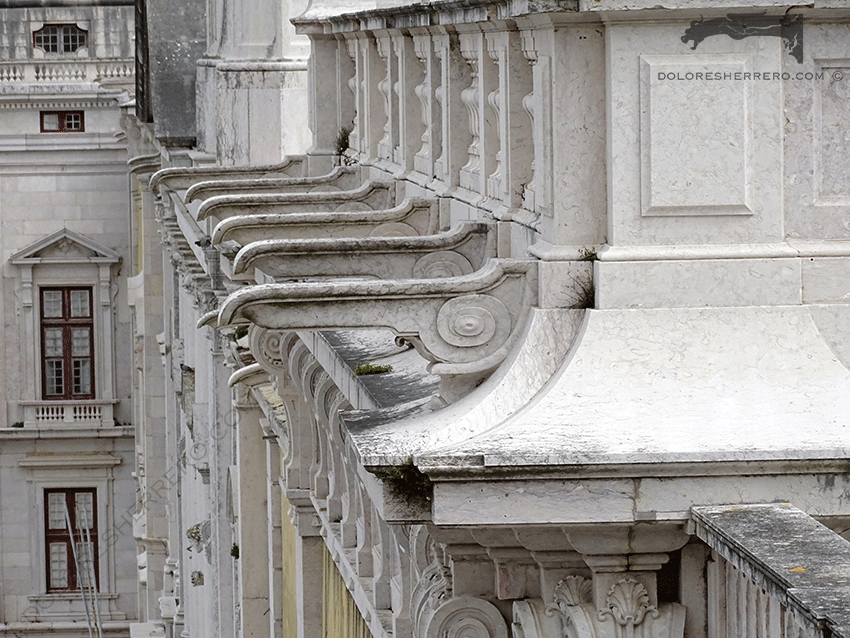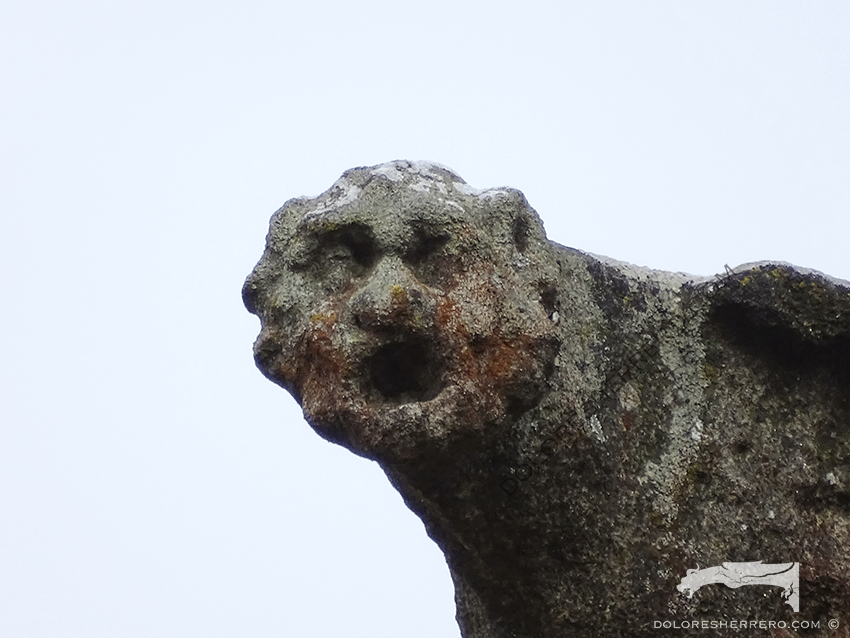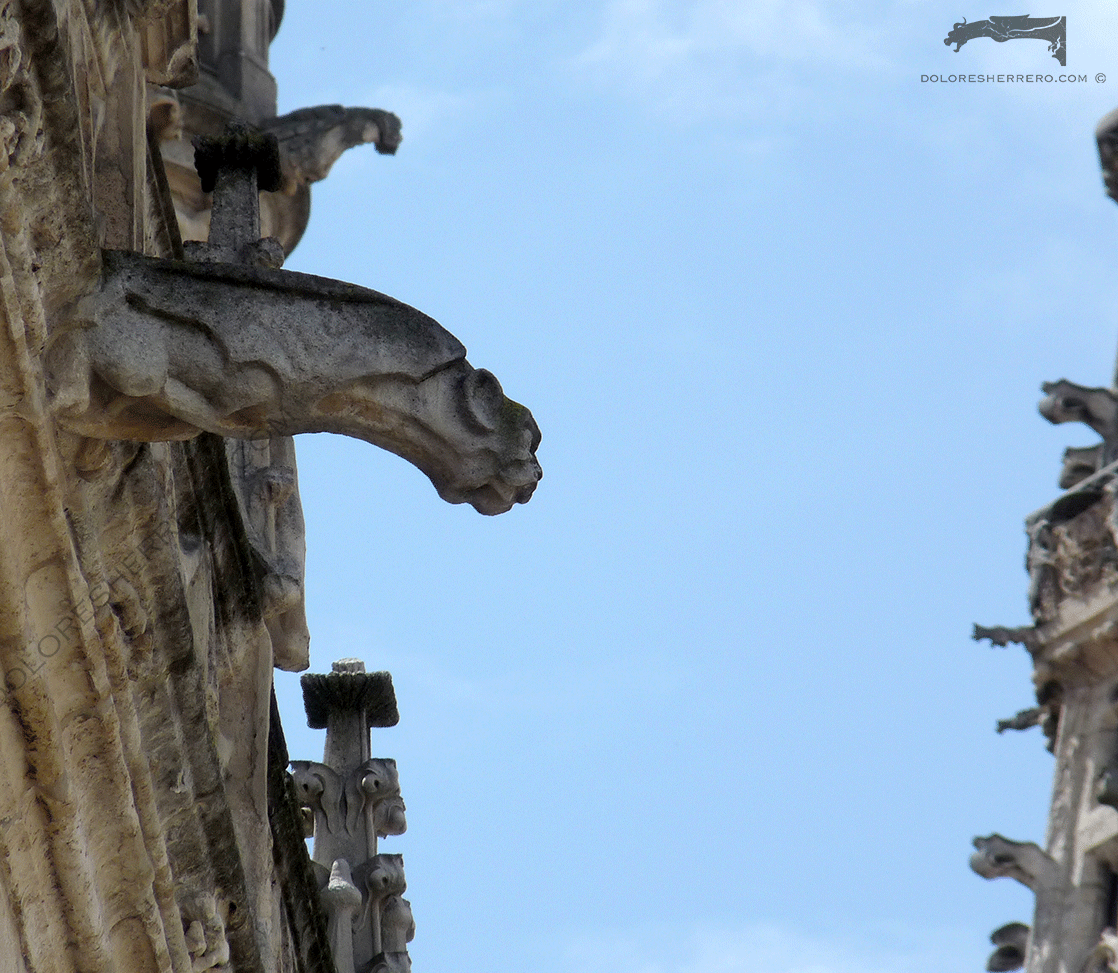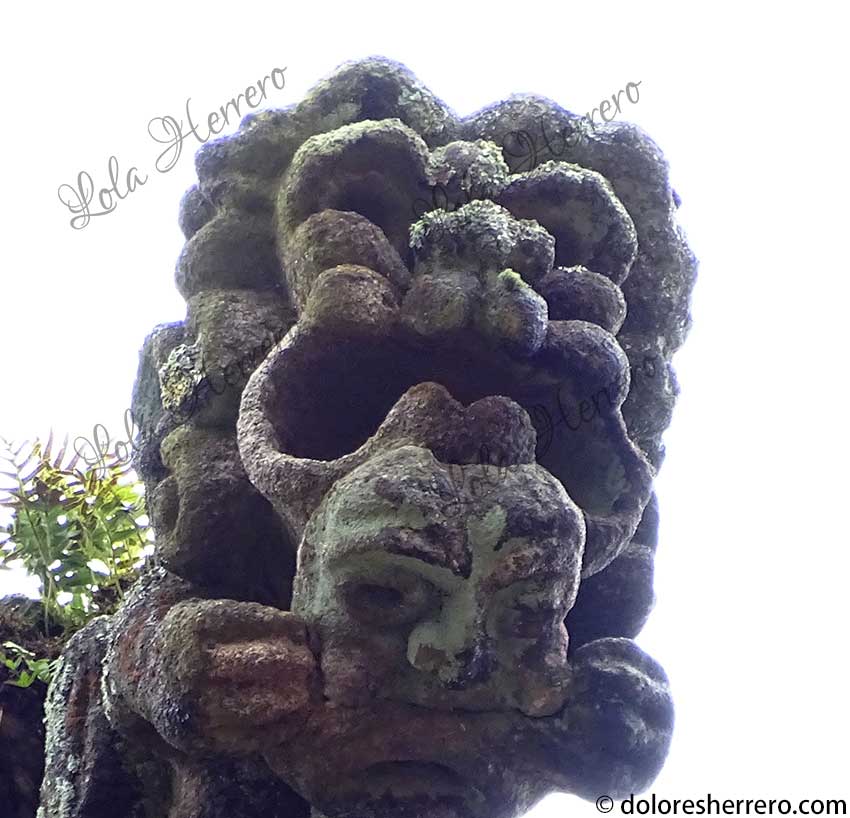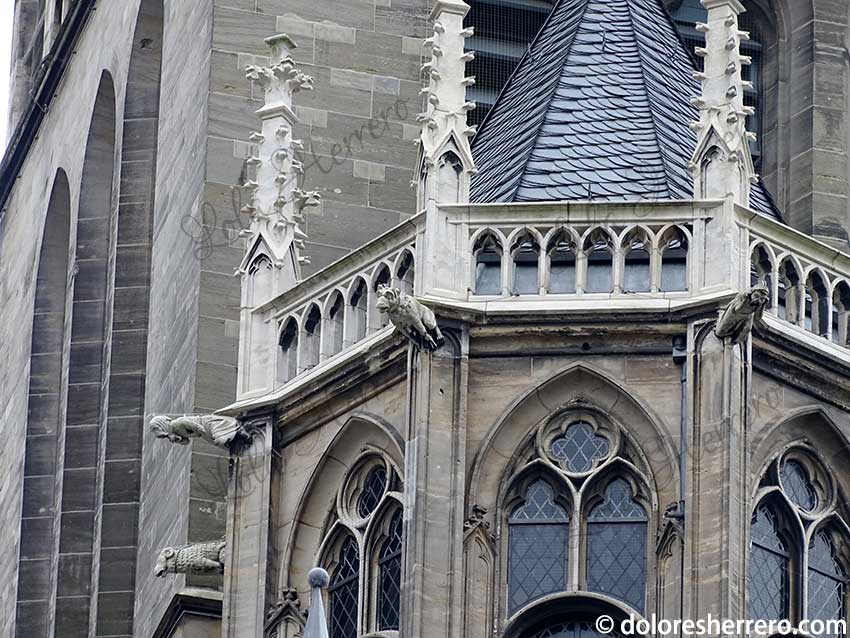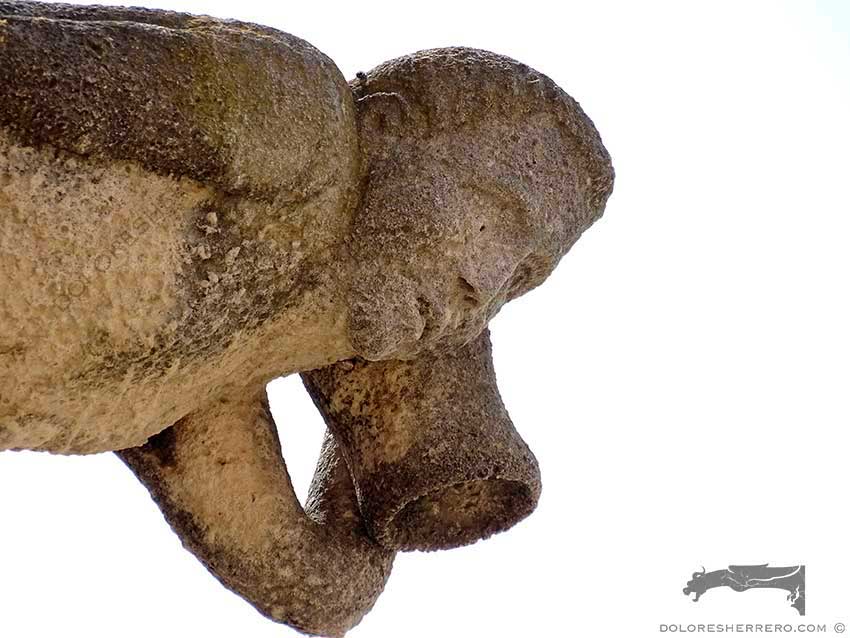We’re embarking on a journey through the prodigious world of gargoyles, those fascinating creatures who’ve been gazing down at us from the tops of buildings for centuries.
However, in this first post, we’ll be starting from the beginning. And that means explaining what gargoyles are.
When undertaking a study or research on gargoyles, it’s essential to define this term. Although it may seem obvious, the word gargoyles is frequently used to refer to all kinds of creatures decorating the walls of buildings, and because they depict the same sorts of figures as gargoyles, they’re all included in the same description.
The Oxford dictionary defines the gargoyle as “a grotesque carved human or animal face or figure projecting from the gutter of a building, typically acting as a spout to carry water clear of a wall”. This definition clearly explains what gargoyles are, so any figure of a monster, animal, demon, etc. decorating a wall is not a gargoyle if it doesn’t have a spout to drain water through. These depictions placed on buildings aren’t gargoyles for drainage, they’re decorative images, sometimes known as chimera or grotesques, like the ones by Viollet-le-Duc on Notre Dame in Paris.
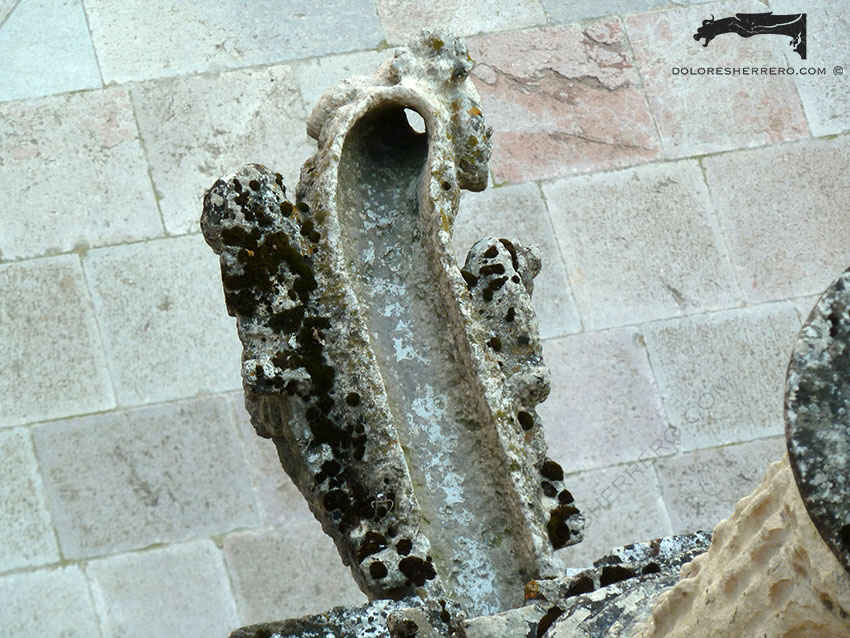
Water channels. León Cathedral (Spain).
In terms of its etymology, it appears in Latin as gargŭla (throat or gullet) and also as gargărīzo from the Greek γαργαρίζω (to gargle). In French, gargoyle is gargouille and the verb gargouiller means to make a sound like that of liquid in a pipe, to gurgle.
The appearance of gargoyles marked a huge step forward in finding a solution to the difficult problem of water drainage, enabling water to flow out of their mouths in narrow jets and preventing it from running down walls and damaging stonework.
Simón García described the gargoyle as being there “so water does no harm” (S. García, Compendio de architectura y simetría de los templos (1681), Universidad de Salamanca, 1941).
According to Viollet-le-Duc, gargoyles appeared on medieval buildings around 1220 at Laon Cathedral (in France), and by around 1240 they were being used systematically in Paris. During the 13th century they became the preferred method for draining water. However, we know that gargoyles had been in use since Antiquity.
In the Gothic period, the use of gargoyles for drainage meant that large buildings like cathedrals could be planned following a complex and perfect drainage system that you can see today by going up on the rooftops, where you can follow the channels that take water to the gargoyles. On cathedrals you can also see the magnificent flying buttresses channelling the water to be drained away through the gargoyles’ mouths.
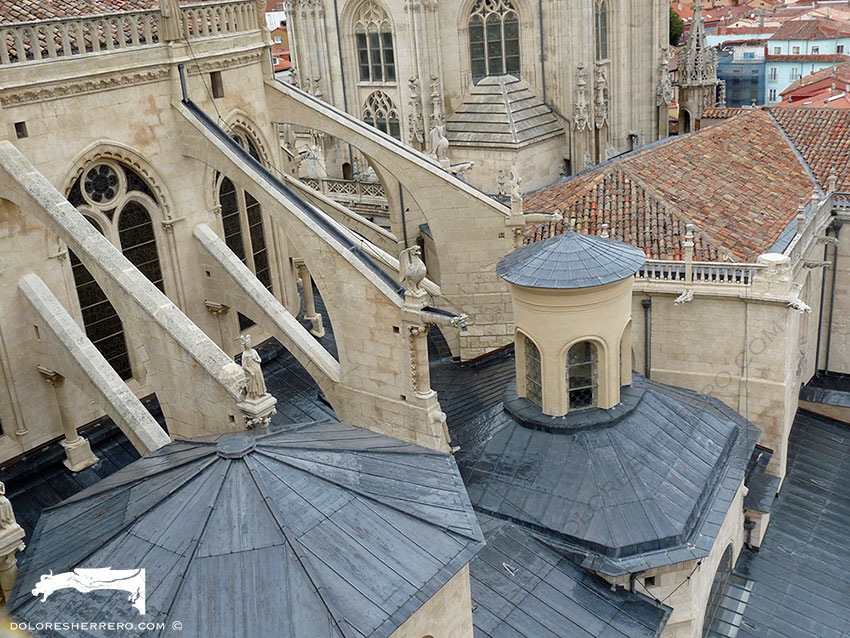
Flying buttresses channelling water. Burgos Cathedral (Spain).

León Cathedral (Spain)
We have sometimes been able to photograph water pouring out of them, like during a trip to Portugal, when we went to visit Batalha Monastery and it rained while we were there. It happened in Guarda Cathedral too.
Or when we went to Girona (Spain) and there was a tremendous thunderstorm, but luckily that meant we were able to photograph the lovely gargoyles on the cathedral in this amazing city.
And the last time we went to Santiago de Compostela (Spain).
It’s fantastic and really exciting to watch them at work.
Girona Cathedral (Spain)
- Gárgola de la Catedral de Girona
- Gárgola de la Catedral de Girona
- Gárgola de la Catedral de Girona

Basilica of Sant Feliu (Girona, Spain).
Batalha Monastery (Portugal)
- Gárgola del Monasterio de Batalha (Portugal)
- Gárgola del Monasterio de Batalha (Portugal)
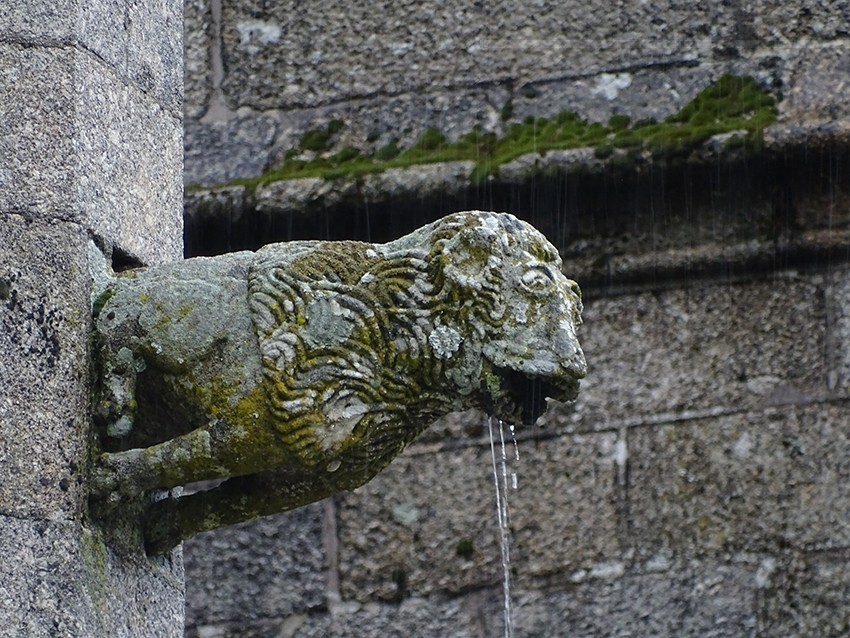
Guarda Cathedral (Portugal).
Santiago de Compostela (Spain)
- Royal Hospital
- Royal Hospital
- Royal Hospital
- Royal Hospital
- Royal Hospital
- Royal Hospital
- Old Hospital of San Roque
- Royal Hospital
- Royal Hospital
- Cathedral
National Palace of Mafra (Portugal)
Bibliography consulted
REBOLD BENTON, J., Holy Terrors. Gargoyles on medieval buildings, New York, Abbeville Press, 1997.
SOBRINO GONZÁLEZ, M., “El cimborrio y otras soluciones a las cubiertas en la arquitectura altomedieval”, Actas del Cuarto Congreso Nacional de Historia de la construcción. Cádiz, 27-29 de enero de 2005 (edición a cargo de S. Huerta), vol. II (2005), pp. 1017-1027.
VIOLLET-LE-DUC, M. (s. XIX), Dictionnaire Raisonné de l´Architecture Française du XIe au XVIe Siècle par M. Viollet-le-Duc, Architecte du Gouvernement, Inspecteur-Général des Édifices Diocésains, Tome Sixième, Paris, F. de Nobele Libraire, 1967.

Doctora en Historia del Arte. Investigadora especializada en el estudio de las gárgolas.
